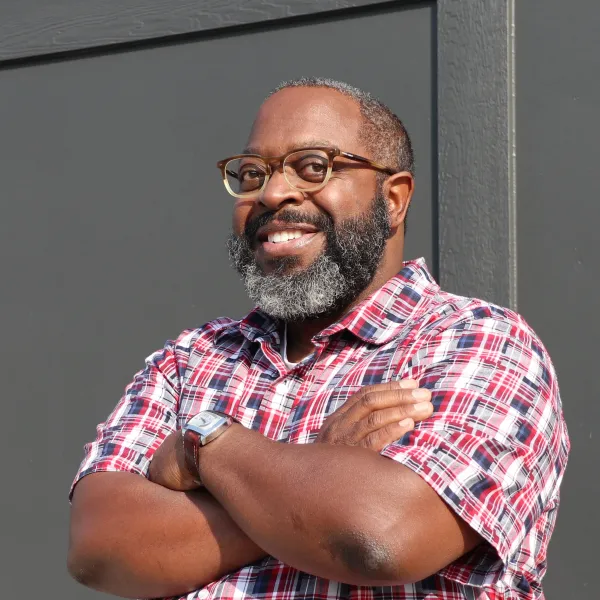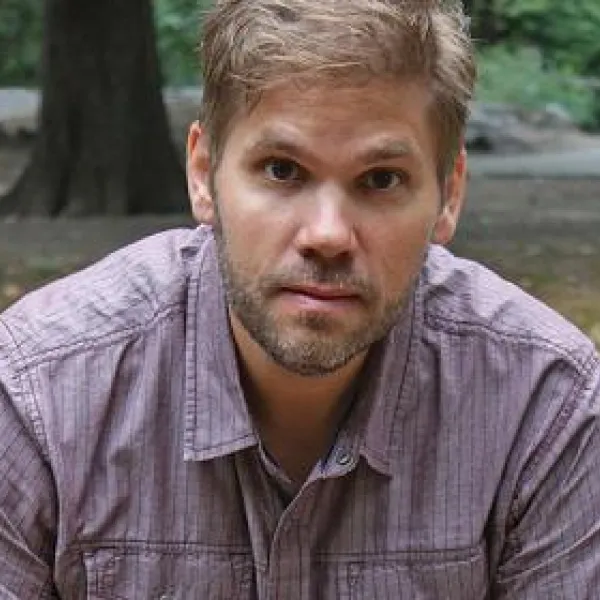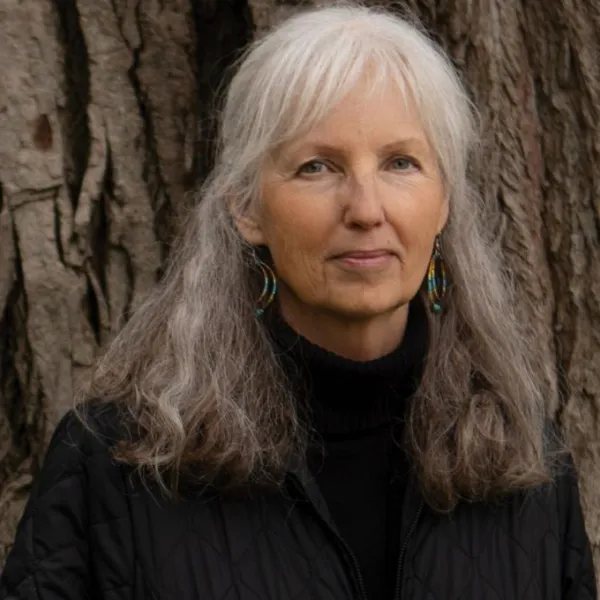Kim Heikkila, author of the work of nonfiction Booth Girls: Pregnancy, Adoption, and the Secrets We Kept, discusses the role of oral history in literature, how the pandemic shaped her writing practice, and the authors she simply cannot miss.
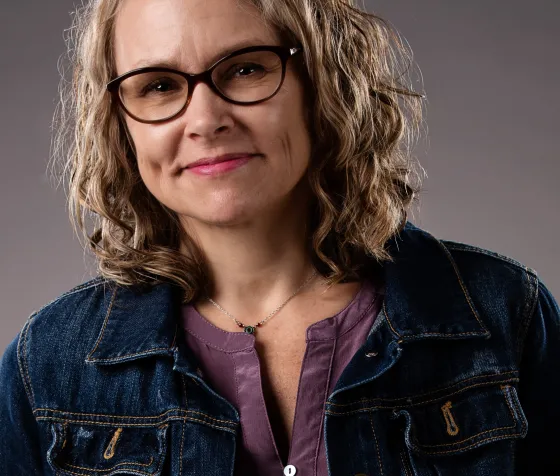
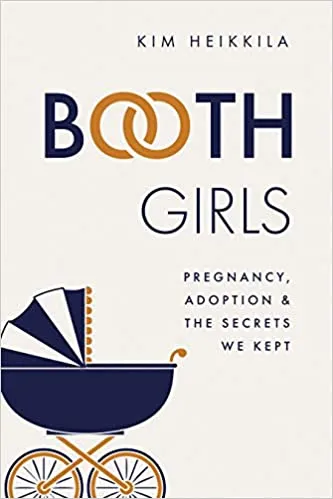
I want to make the past come alive for readers by telling stories in accessible language while remaining firmly rooted in solid historical research.
- Kim Heikkila
What’s your latest book, and can you share your Twitter pitch (in 140 characters or less)?
Booth Girls blends biography, memoir, history, and oral history to tell a story about mothering through the losses and gains of adoption.
What book inspired you to be a writer?
The books I read as a young person inspired my love of reading and, hence, writing. The Little House on the Prairie, Nancy Drew, and Trixie Belden series; Where the Red Fern Grows (I read my tear-stained copy many times); Island of the Blue Dolphins; Mrs. Frisby and the Rats of NIMH; Judy Blume’s books (the best sex-ed I had); Stephen King’s books (I snuck my mother’s copy of The Shining to read when she wasn’t paying attention). As I got older I devoured books by Toni Morrison, Louise Erdrich, and Tim O’Brien.
But I write history. Though I learned to write scholarly prose in graduate school, I decided that I wanted to write for an audience beyond academia. I wanted – want – to make the past come alive for readers by telling stories in accessible language while remaining firmly rooted in solid historical research. Oral history is especially well-suited to this task in its emphasis on the lived experience of the past. In graduate school, I learned from the oral history-based work of Elizabeth Lapovsky Kennedy and Madeline D. Davis, Jacquelyn Dowd Hall, and Kathleen Blee. Ann Fessler’s The Girls Who Went Away, which is also based on oral history, has been enormously influential in both content and style. I am also inspired by the work of Timothy Egan (The Worst Hard Time), Isabel Wilkerson (The Warmth of Other Suns), Erik Larson (The Devil in the White City), and Daniel James Brown (The Boys in the Boat).
What book do you constantly share/gift?
Tim O’Brien’s The Things They Carried. I taught it in my US history / US-Vietnam War college classes, so I have read it many times and take something new from it each time. The beautiful thing is that the lessons it contains apply to everyone, veteran or not. We all have things we carry with us that weigh us down, that can be released, or at least relieved, through stories. This book has informed my writing, my practice of oral history, and my understanding of US soldiers’ experiences of the war.
The other book that I used in my college history courses and recommend frequently is the anthology This Bridge Called My Back: Writings by Radical Women of Color. This book taught me, a white woman of privilege, to set aside my “yes, but” reaction and concentrate on what the authors were saying, to listen rather than speak, to absorb rather than react.
Where do you write and where do you read?
Pre-pandemic, I would read and write in our south-facing living room with the sun streaming in through its big windows. Once the pandemic confined my husband and son to the house along with me, all day, every day, I relocated to an upstairs bedroom with my noise-cancelling headphones. I can’t write at a desk. I’m always in a comfy chair with my laptop.
What books are you most excited to read this summer?
I can’t choose just one! I just started Julia Phillips’ Disappearing Earth and was hooked instantly. My copy of Facing the Mountain by Daniel James Brown just arrived, so I’m eager to start that. Colson Whitehead’s The Underground Railroad is on my nightstand (I know – I’m late to the party on this one). I listen to as many books as I read these days. My current pleasure is Emily St. John Mandel’s The Glass Hotel; next up in my audiobook queue is Lisa Ko’s The Leavers.
Name one author whose books you never miss.
Tana French. I love the Dublin Murder Squad series and her stand-alone books for their blend of crime/mystery, good characterization, and wonderful writing. I usually listen to them so I can enjoy them in the proper Irish accent.
What are you working on now? How is it similar to/different from work you’ve done in the past?
I am in the very early stages of investigating a story I stumbled across a few years ago while researching the history of Booth Memorial Hospital. I don’t want to give away too much at this point but will say that it involves a scandal revolving around sex, adoption, inheritance, insanity, crimes of passion, and false allegations set in early 20th century Swedish and Norwegian communities in Minnesota. It engages some of the same issues I explored in Booth Girls but is far afield of my typical emphasis on the post-World War II period. And, of course, the early 20th century setting precludes the use of oral history.
I’m also considering doing something about female athletes in Minnesota in the pre-Title IX era. I’m looking for a good story about a girls’/women’s sports team in the late 1960s or early 1970s. (Know of one? Pass it along!)
What do you want to see more of in contemporary writing?
Genre-bending / multi-genre storytelling. Stories (nonfiction) about people who work on behalf of others against their own self-interest. Work that helps us understand and find compassion for those whom we may find abhorrent or offensive. Stories about how we might enact both accountability and forgiveness. Stylistic and syntactical innovations à la Eimear McBride’s A Girl is a Half-formed Thing.
Write or read? Pick one.
I go through long fallow periods with my writing, so I’d have to say read. If I’m troubled by something, though, I write.
What’s the last book you checked out from the library?
Melvin Whitfield Carter’s autobiography, Diesel Heart. I met Melvin at the boxing gym where I work out (Element Gym in St. Paul). I enjoyed the book for its ability to convey character, place, and history in a distinctive voice…and for its boxing scenes.
Order Kim Heikkila's book Booth Girls from the Minnesota Historical Society Press. Website: spotlightoralhistory.com. Facebook: Spotlight Oral History. Instagram: @spotlightoralhistory.
Be informed and inspired!


